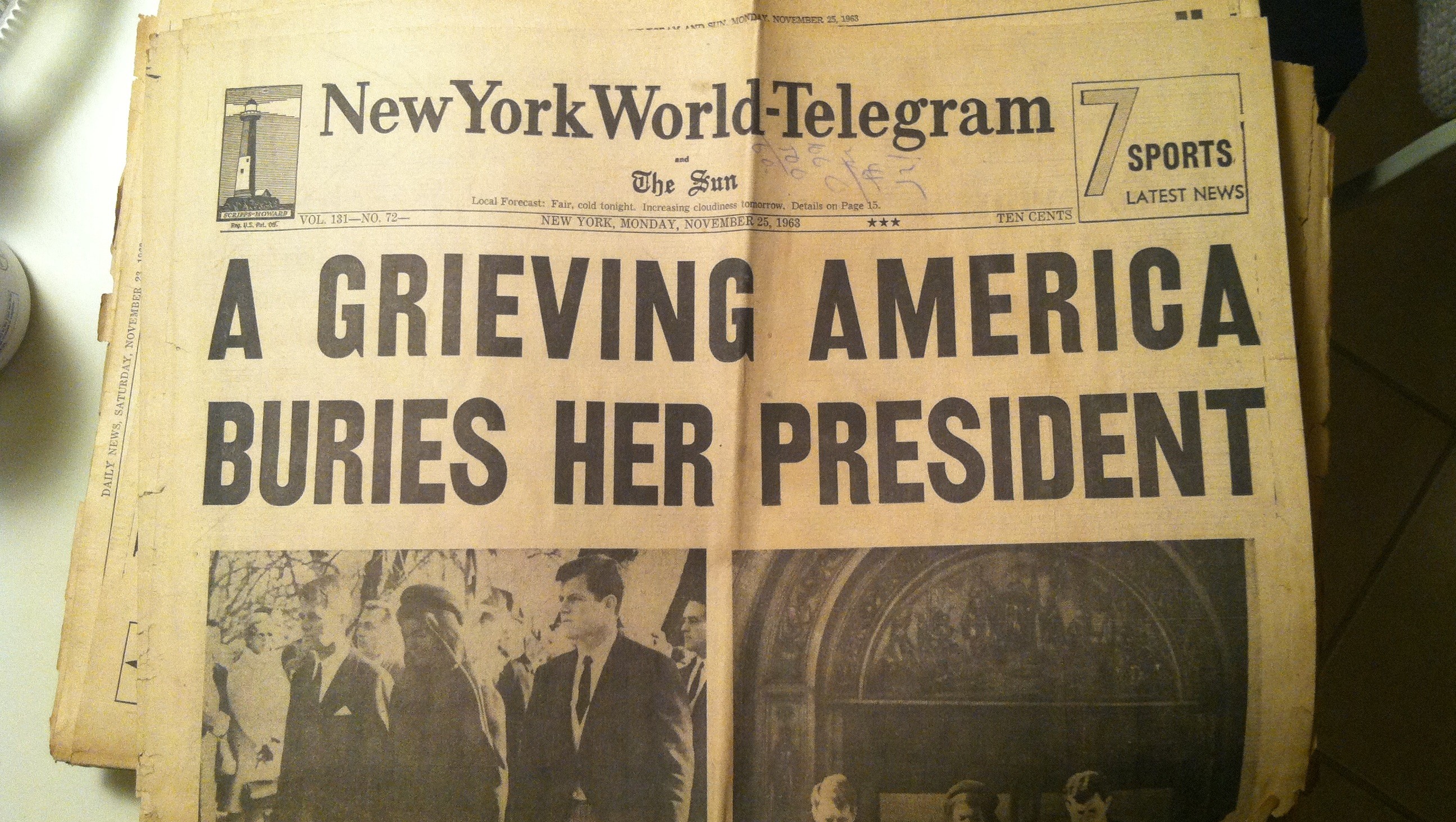Rarely, as a local TV news reporter, do I get to spend two weeks on one story.
Rarely does that story get to be eight minutes long.
And rarely do those eight minutes contain an arsenal of powerful interviews from iconic figures.
So, when I received the opportunity to work on such a story earlier this month, I knew it would be special.
This week marks the 50th anniversary of the March on Washington and the “I Have a Dream” speech from Dr. Martin Luther King, Jr. With that anniversary comes a documentary from my station in Atlanta, WXIA-TV, called “50 Years of Change”, which looks back on not just the famous march but the other major civil rights events of 1963:
- the declaration, “Segregation now, segregation tomorrow, segregation forever!” from Alabama governor George Wallace
- the child protests in Birmingham
- the nationally televised speech on civil rights from President Kennedy
- the murder of Medgar Evers a day later
- the 16th Street Baptist Church bombing in Birmingham
- the assassination of President Kennedy
It’s an impressive list. (Last week we screened the documentary for local Atlanta leaders, and roughly three-quarters of the way through, one of the attendees turned around in his chair and remarked, “Man, a lot happened in ’63!”)
I was assigned the final story on the above list: the killing of John F. Kennedy, and what that meant for the civil rights movement. I went down to Dallas for a few days to get footage of the famous spots from the assassination (the book depository building, Dealey Plaza). I also interviewed several people who had been in Dallas that day, one of whom was a radio reporter at the time and stood a half-block away from Kennedy when the assassination occurred. Following that trip, I spent several days simply cobbling together old footage and photos — a difficult task, since most of the footage I wanted came with a price tag that exceeded our budget. Finally, I required two days to edit the whole thing, which included several hours reformatting all the old footage so that it looked consistent.
The process was exhaustive — and absorbing. But of all those arduous tasks, the most important thing I did was seemingly the simplest:
Listening.




